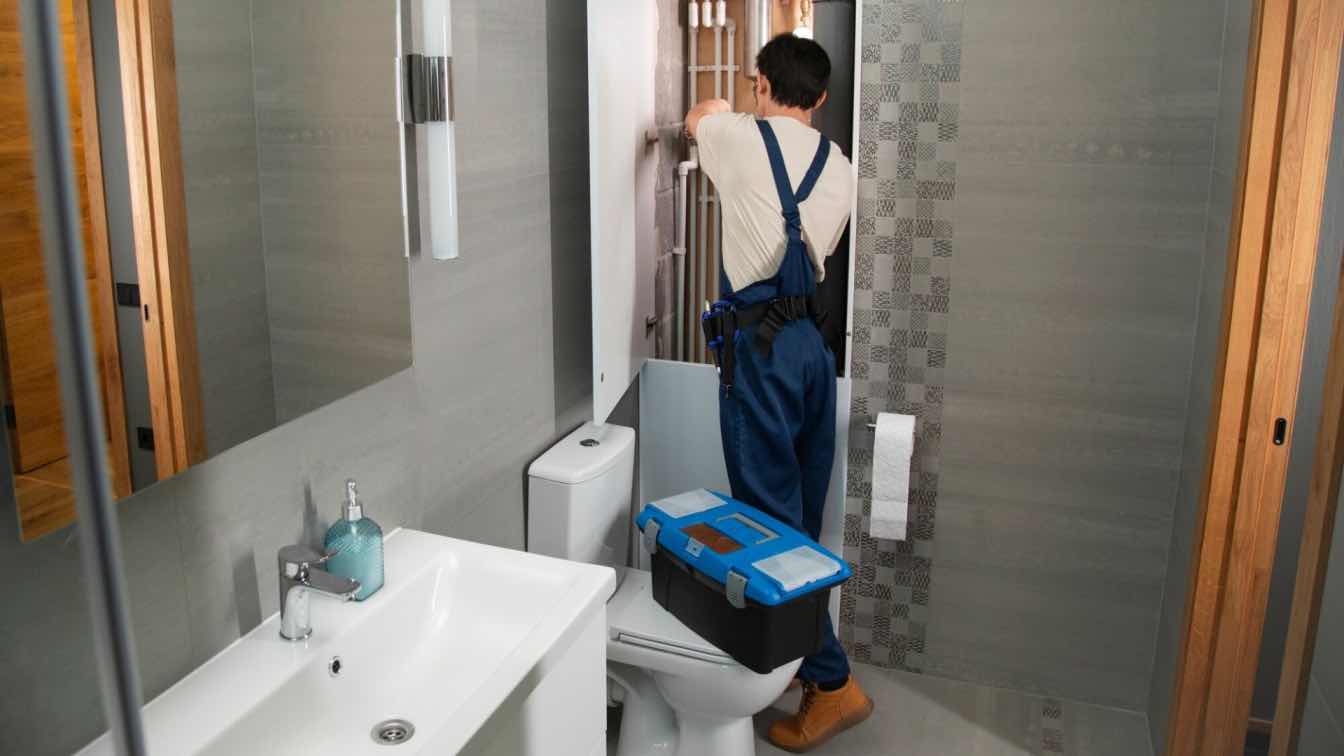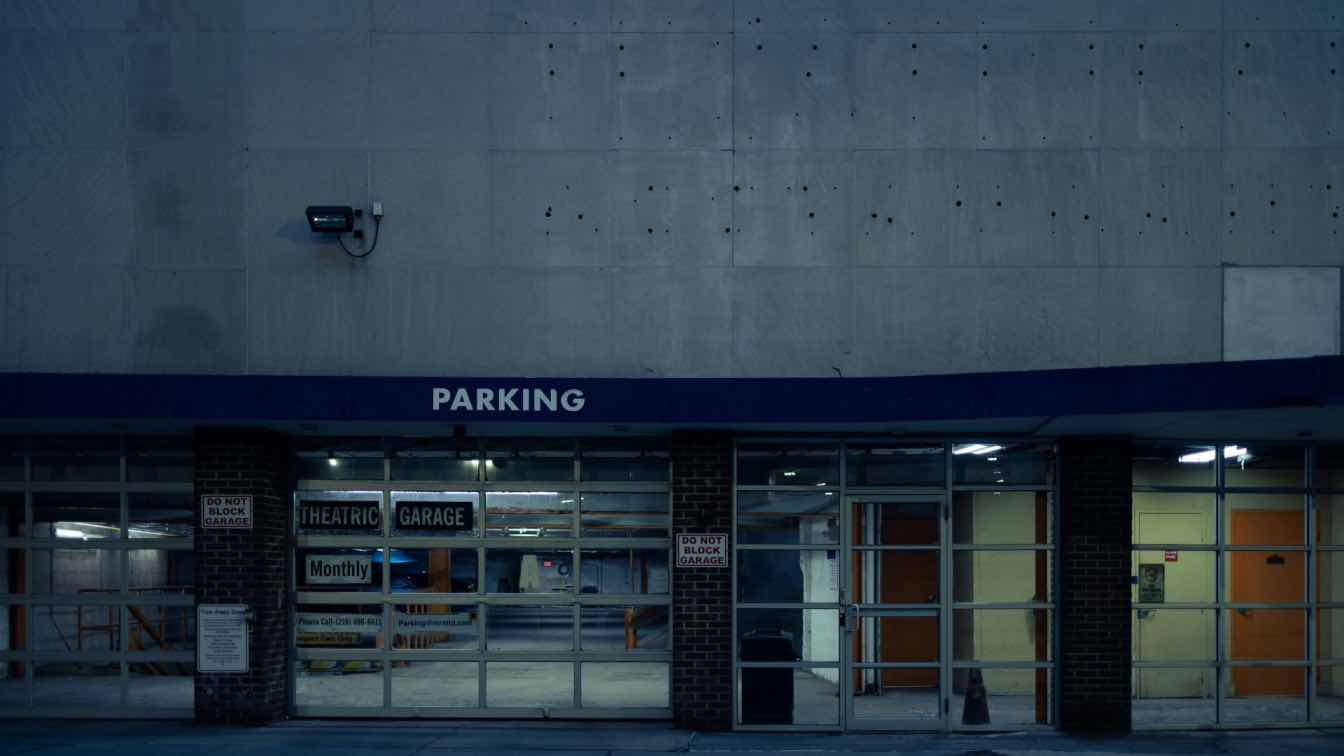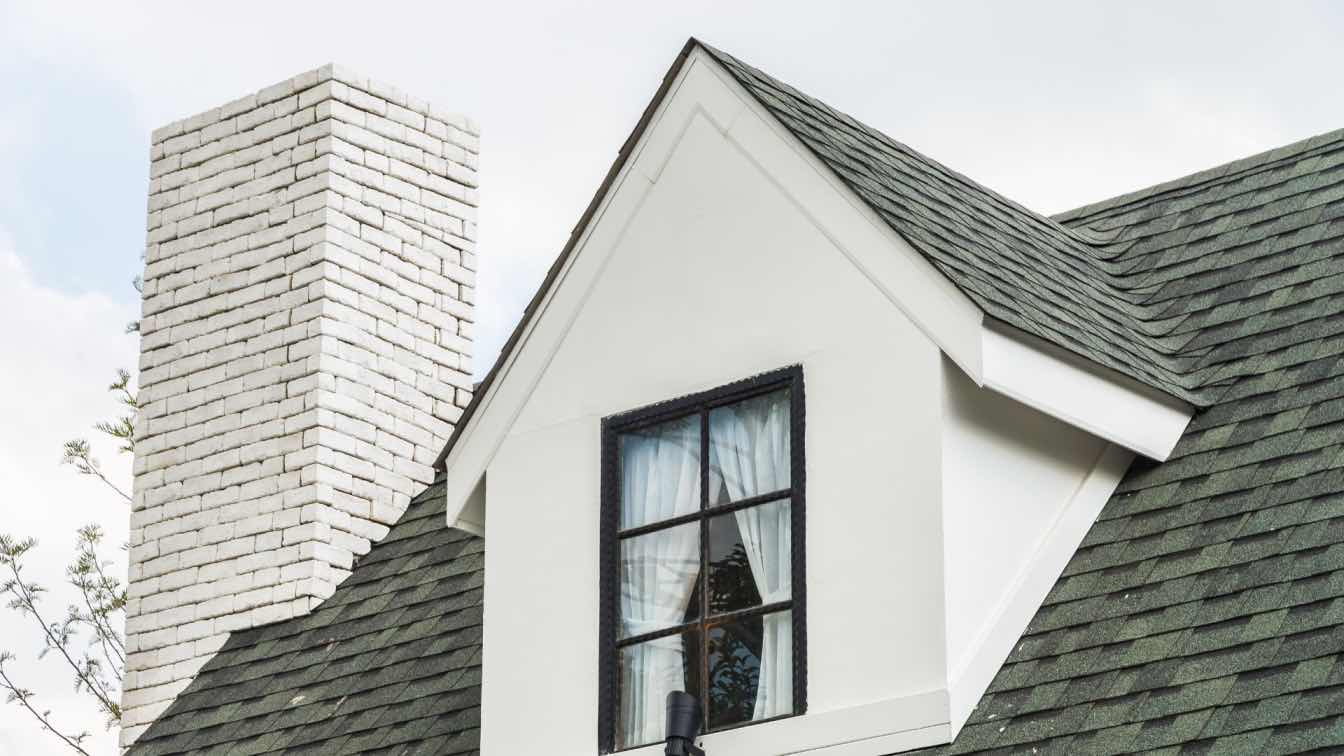The most essential part of any home is a clean bathroom, which ensures that the dwellers remain healthy. However, you need to properly install and well maintain the toilet, which has a pivotal role. In the long run, it ensures comfort and also eliminates the need for frequent plumbing services. Thus, in this guide, you can find expert tips on toilet installation and repair from the experts.
How to Choose the Right Toilet Model?
Your first step towards a functional bathroom is to select a suitable toilet model. There are certain factors that you should consider, such as:
Design and Comfort
You can find modern toilets in various designs, such as one-piece and two-piece models. To choose the perfect design, you have to assess the space available. Next, select the one that would complement the aesthetics of the bathroom. Amid this, you have to ensure that comfort is maintained.
Water Efficiency
Your toilet should have a highly efficient flushing system, which will help to conserve water and reduce utility bills.
Bowl Shape and Height
Decide what you are looking for—comfort or a way to save space. For the latter, you have to select a round bowl; otherwise, you can go for an elongated bowl. Also, if you have family members suffering from mobility issues, then opt for a professional installation toilette with a comfortable height.
What is the Toilet Installation Process?
It involves the following steps:
Positioning
You have to ensure that the toilet is aligned correctly over the flange. Next, to prevent leakage, you need to check whether the wax ring has formed a proper seal.
Securing
To stabilize the toilet, you have to tighten the bolts appropriately but ensure that you do not over-tighten it; otherwise, cracks might develop on the porcelain.
Connecting Water Supply
Finally, you have to securely attach the water supply line. You also need to check for leakage, which will finalize the installation process.
Often, it has been seen that many homeowners try to implement a DIY installation process, but it is always recommended to consult a professional plumber. They, being experts, ensure that the job is done correctly, which minimizes the chances of leaks or the development of other plumbing issues.
Preventing Common Toilet Issues
You can easily avert many common toilet problems through regular maintenance. Take note of these aspects:
Clogs
Never flush non-flushable items like wipes, feminine hygiene products, or toilet paper if you want to prevent blockage in the sewage line.
Leaks
You need to periodically inspect for signs of water leakage. Check the toilet's base and connections regularly, as early detection can help prevent significant plumbing issues.
Running Toilets
If there is a faulty flapper or fill valve, then you might find that the toilet is running continuously. Thus, you need to replace these components so that the problem doesn't recur.
Conclusion
You can prevent most of the plumbing issues by monitoring them from time to time. However, there are certain situations that need professional intervention, such as persistent clogs, leakage at the base and continuous running of the toilet. Moreover, to ensure that the toilet remains in optimal condition, you have to go through routine inspections and educate household members to prevent accidental clogs.





